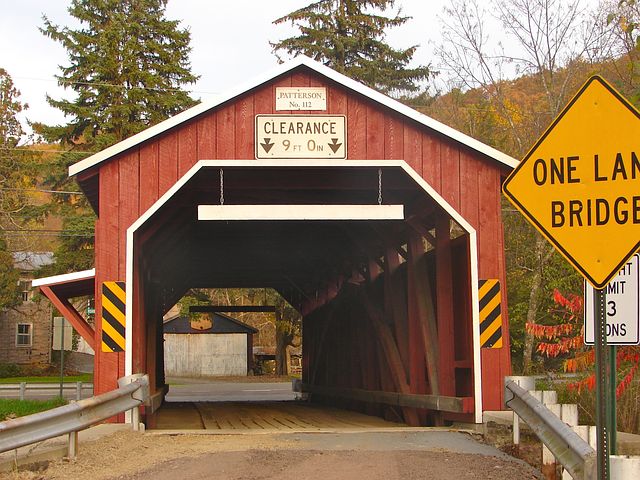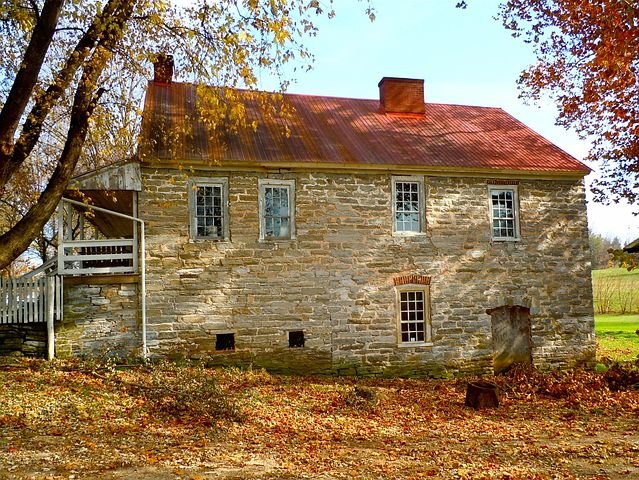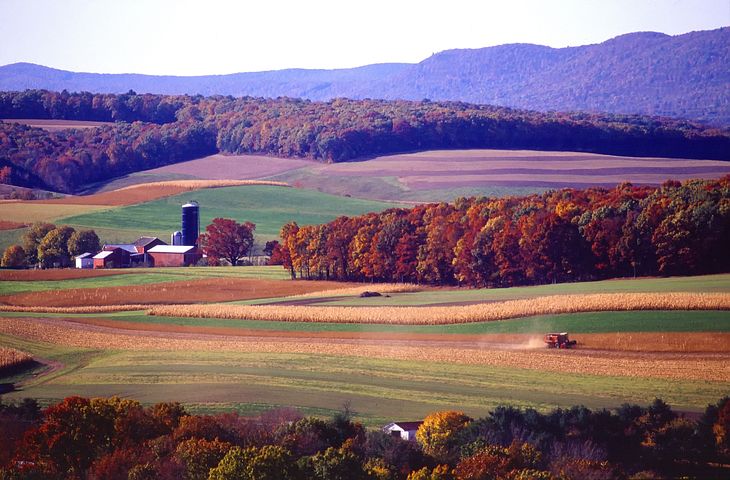Pennsylvania
The Keystone State: An In-depth Exploration of Pennsylvania
Pennsylvania, commonly referred to as the Keystone State, is an eastern U.S state that has been instrumental in shaping the political, social, and economic fabric of the nation. Its moniker, the Keystone State, dates back to 1802 and signifies its central position among the original Thirteen Colonies and its critical role in the founding of the United States.
History of Pennsylvania
The history of this great state is as rich as it is varied. Long before it became a state, Pennsylvania was home to Native American tribes, including the Lenape and the Susquehannock. European colonization of the area began in the 17th century, with both the Dutch and the English laying claim to the region.
In 1681, Pennsylvania became a haven for William Penn, a Quaker who championed religious and political tolerance. The state was named in honor of Penn’s father, Admiral William Penn, with “sylvania” meaning “forest land” in Latin. The region thus became known as “Penn’s Woods”.
Pennsylvania’s Role in the American Revolution
Pennsylvania’s role in the American Revolution was pivotal. The Keystone State was host to the First and Second Continental Congresses. It was also in Pennsylvania that the Declaration of Independence was signed in 1776, marking a significant turning point in the nation’s history.

Pennsylvania’s Industrial Past
Pennsylvania’s industrial past is another key facet of its history. The state was a leading force in the manufacturing sector during the late 19th and 20th centuries, contributing to the development of infrastructure, including bridges, skyscrapers, and military hardware.
Geography of Pennsylvania
Pennsylvania’s geography is diverse, encompassing mountains, forests, and bodies of water. The Appalachian Mountains run through the center of the state, while the Allegheny and Pocono mountains span much of Northeastern Pennsylvania. The state is home to the largest number of navigable rivers in the U.S, including the Allegheny, Delaware, Genesee, Ohio, Schuylkill, and Susquehanna.
Climate of Pennsylvania
Pennsylvania experiences a humid continental climate, with cold winters and humid summers. The state’s climate varies, depending on its geographical location. The western and northern parts of the state have colder winters and receive more snowfall, while the southeastern region has milder winters.
Pennsylvania’s Demographics
As of 2020, Pennsylvania’s population was over 13 million, making it the fifth-most populated state in the U.S. The state is ethnically diverse, with a mix of White, African American, Asian, and Hispanic or Latino residents. Pennsylvania’s largest cities are Philadelphia, Pittsburgh, and Allentown.
Economy of Pennsylvania
Pennsylvania boasts a robust economy, with a gross state product (GSP) that ranks it among the top states in the nation. The state’s economy is diversified, with sectors like manufacturing, agriculture, and services playing significant roles. Pennsylvania is also known as the snack food capital of the world, leading in the manufacture of pretzels and potato chips.

Pennsylvania’s Agricultural Sector
Agriculture is a crucial sector in Pennsylvania’s economy. The state ranks 19th overall among all states in agricultural production. The farming sector in the state is a leading producer of mushrooms, apples, Christmas trees, milk, corn, grapes, and horses.
Pennsylvania’s Industrial Sector
Pennsylvania has a rich industrial history, with the steel industry playing a significant role. Today, the state’s industrial sector is diversified, with companies involved in sectors like manufacturing, technology, and logistics.
Transportation in Pennsylvania
Pennsylvania has a well-developed transportation infrastructure, including major airports, intercity bus services, highways, and rail networks. The state’s major airports include Philadelphia International Airport and Pittsburgh International Airport. The state also has an extensive road network, with the PA Turnpike being a key interstate highway.

Education in Pennsylvania
Education in the state is compulsory from the age of 8 until 17. The state is home to several renowned universities, including the University of Pennsylvania, Pennsylvania State University, and Carnegie Mellon University. Pennsylvania also has a robust system of community colleges and technical schools.
Pennsylvania’s Rich Culture
Pennsylvania’s culture is as diverse as its population. The state is known for its culinary delights, including the Philadelphia cheesesteak, pretzels, and Hershey’s chocolate. Pennsylvania also boasts a vibrant arts scene, with numerous museums, art galleries, and music festivals. The state is home to several professional sports teams in major leagues, including the Philadelphia Eagles (NFL), Philadelphia Phillies(MLB), Philadelphia 76ers (NBA), Philadelphia Flyers (NHL) and the Pittsburgh Steelers (NFL), Pittsburgh Pirates (MLB) and Pittsburgh Penguins (NHL).

In conclusion, Pennsylvania is a state of rich history, diverse geography, robust economy, and vibrant culture. From its pivotal role in the founding of the United States to its contribution to the nation’s industrial growth, the Keystone State continues to be an integral part of the American story. Its diverse population, thriving economy, and commitment to education and innovation make it a state worthy of exploration and admiration.
